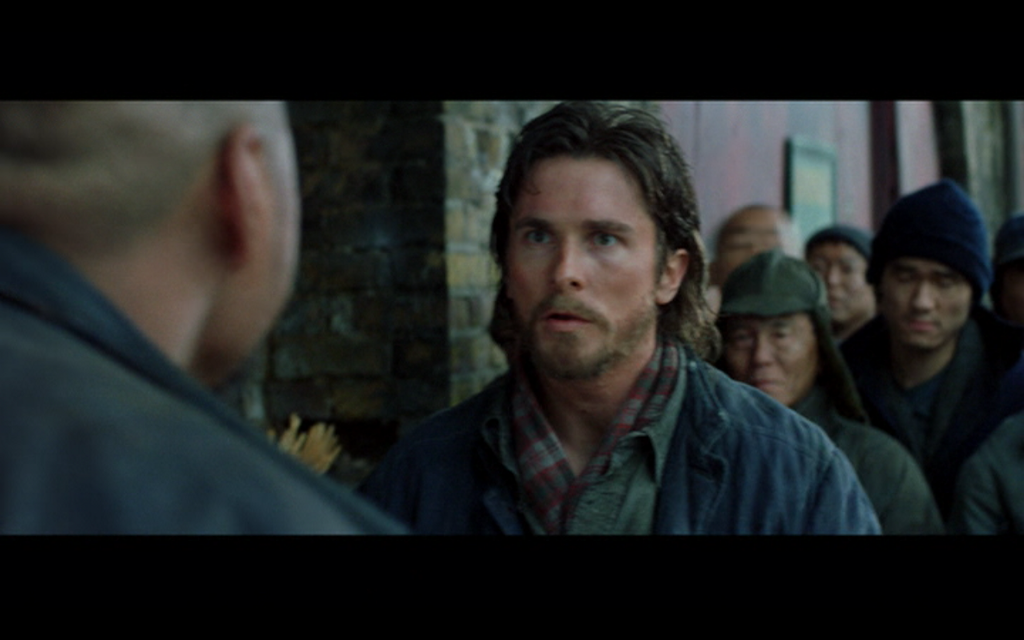
From time to time, the question about the design-ability of experiences arises:
Can we, as designers, design the actual experience for our users through our services and products, or are we just living in that illusion, since we are only able to “inspire” what will eventually will become the experience?
It seems that no one in the UX field as a consistent vision of the dilemma…
- Can Experience Be Designed? from IA.NET
- Why User Experience Cannot be Designed from Smashing Magazine
- Yes, Experience Can Be Designed from UXMAG
- Why The User Experience Can Or Cannot Be Designed from Usabilia
Honestly, I have a very strong position on this: I do believe that we can design the experience.
Don’t get me wrong, I know that both stances are equally valid, but I do also know that the fundamental golden rule to design incredible experiences is to find the sweet spot between the user objectives and the designer objectives: incredible experiences are way beyond usability and accessibility issues, they are dreams living on the edge of art, creativity and usefulness.
I’m not that kind of experience designer, since my artistic skill are still, somehow, undeveloped, however I find the concept of an artistic UX, very appealing and sexy, in a way.
If I would say that experiences can’t be designed, how could I define the work of a film maker, a book writer or a musician? They don’t need to design the user experience for each of us, they design THE EXPERIENCE, the one, in their opinion, is supposed to be communicated to the world.
How comes that this point of view is so difficult to understand ( and embrace) when we are dealing with the internet digital world?
Doctor, please, enlight me…
Oh, well, we all know that there is no spoon… and so there is no one size answer…
…but…
If you want to widen your thinking, I really recommend you to take a dive in the wonderful world of board games design.
Traditional Board games aka Table top games (the ones with physical plastic pieces playable around a table with your bearded friends) are the striking example of what every designer needs to aim for:
- a clear description of a Complex Problem
- a defined map of objectives
- a system of incentives or even rewards
- a solid game mechanic — rules
- hooks to provide engagement throughout the activity
- tiny little facilities to relief pain points
- a unique value proposition
- a set of features to ensure replayability
If Pac-Man had affected us as kids, we’d all be running around in dark rooms, munching pills and listening to repetitive electronic music.
Marcus Brigstocke, English comedian
Board Games are made to wrap a very simple complex problem in a totally understandable fashion to let players jump aboard, enter the world and start exploring. Then, the game itself leads towards the objective completion, removing all the hurdles in the process, although keeping the competition and the engagement level high.
Everything must be set in order to be replayable over time, ensuring a good factor variation and, last but not least, introducing something unique to the game.
Boards games are an excellent example to demonstrate another thing: the experience we designed consists of the 1% of the interaction we designed and 99% for the interaction the user experienced / experiences elsewhere.
Board games are not a self sustained world: they need to draw from other type of stories, interactions, sub cultures.. from movies, serials, novels, other games, internet and so on. A game based on the Lord of the Rings movie, have part of the game mechanics already decided and this is unchangeable, a game based on Angry Birds, instead, needs to replicate the rules, but the interaction must be created from ground, even tho it may be inspired by the game dynamics, which is also inspired back by the real world physics.

What Can we Learn?
A lot of things, indeed, but a boring list won’t be useful to anyone, right?
So I will tell you my insights on the dilemma, by proving you a review of my new favorite board game, RISK: LEGACY
Greetings, Professor Falken.
Joshua
Experience Review, RISK: LEGACY
RISK: LEGACY is the latest installation of the infamous RISK.
I’m not a fan of RISK, whatsoever, I found it too long, too boring for my taste, but when I read the description of Legacy I instantaneously felt in love with the concept, with really mixed feelings: Legacy is RISK at its mechanics core, but instead of having 1 play:1 war, it is actually a campaign of 15 plays / battles.
You can still play each battle singularly with your friends, but during a play you can put several types of modifiers on the board table (more troops, dice malus/bonus… etc ) and they are all meant to be persistent from that game on.
You can create city, name continents whatever you like and do a lot of stuff directly by scribbling on the board or using stickers and this will all be your legacy for the future next games.
The premise of the game is that any choice have consequences.
Sounds scary? Well, It’s pretty worse than this: every time a player use a card, select a bonus or unlock a new rule, the depleted card must be destroyed. I don’t mean put it aside, I really mean DESTROYED, to be torn up into little pieces!
Be aware of searching reviews online about this game, they will inevitably spoil you the fun with spoilers and anticipations!
However read this one (Warning: mild language), it will get straight to the point, without spoiler 😀
You are about to starting a war
The experience starts right before the box opening: a beautiful albeit simple paper seal reminds you about the gravity of the choices you will have to make.

Every visual element, every content is carefully crafted to fuel the context, the no turning back stance of the game will make you quickly forget it’s just a game. The immersion is total.
When you open the box, the expectation is very high, and the first thing that strikes your attention are the four sealed slips strapped on backside of the top: each of one holds a secret set of cards or item to be used during the game and that can be opened only if a requiring conditions is met, such as the first defeat of an opponent.

When you unwrap the board table, you have to sign the declaration of war, which also is a formal act of responsibility acknowledgement, which is pretty cool, because aside from setting the mood, it is a milestone which opens formally the game with a clear message:
“Stop joking, from now on, things are getting serious”.

Each board as a “World Serial Number”, fancy thing to conveys the concept that infinite world exists, and yours throughout the 15 battles campaign, will be unique.
Choices matter
The first choice is the most painful: there are 5 factions to be playable, there are no bonus or statistics related to the faction, however each faction comes with two unique special power. Players must choose just one of them, stick it to the faction card and destroy the other, forever.
This will gonna break your heart. In the end, you’ll do it and everybody should.
You may make a copy of the faction card and save the original one, but for what reason?
This is an example of designed experience: the game designer did design this exact moment, your discomfort, your sense of “things to be done for the greater good”.
No matter what, you, as a player, will comply, because “that is the way it meant to be played”.
Do you really care about your personal experience or are you more curious about living the experience designed for you?

BTW, “permanent choices” have a very heavy impact on how you tackle a challenge.
Games On
The game mechanics follow the rules of the classic Risk, just more fast with some fancy spins now and then, like bonuses, missiles and objectives.
Your primary objective (winning condition) is to earn 4 star tokens or to eliminate your opponents.
The first round you start with a star token and each base you conquer, including yours, count as one star.
Each turn you conquer a territory, you gain a resource card and you can trade 4 of them for a star token, or troops.
Calculation of the number of troops to gain each round is complex and tedious, fortunately, right on the board there is an handful table with the premade calculations.

The first round is very fast and easy.
Since the game is evolving itself, when you already won a battle, you start the next game with a bonus, but without the initial star token. Thorough the campaign gaining those 4 stars will become more and more difficult.
The World
Here is the board after our two battles:
Greenland has quickly became the most resourceful territory, here was built Atlantis, the first of the two major cities of the planet founded by the previous winners. The other city is Maracas, in Brazil. Peru’ is devastated by long battles that left the territory in ammunition shortage, which makes it difficult to defend.
There are also minor cities, founded by the survived players, in Egypt, protected by a bunker which boosts the city defenses, Europe, Australia and China.
After just two battles the world is already unique, and the first slip with optional rules has been opened, introducing a “comeback power” for defeated player.

and Then?
15 battles seem a quite short play value, but the reality is that after the 15th battle the world is not ended, it is just stable: it won’t evolve anymore and you had filled the last 20% of the rules that the game designer left open for you to fill.
During all the campaign, expansions sets will provide replayability, both with new objectives and new rules. Each game will become longer and more complex, thus it will be more difficult to reach your objective. Increasing difficulty, item unlocking, new rules… oh it’s like a videogame, it behaves like one, but it is real physical game instead!
The game designer totally nailed it and I find it elegant and beautiful.
If you really think that experiences cannot be designed, take a look at Risk:Legacy and I bet it will change your mind, such experience HAS to be designed.
Still not convinced?
Rob Daviau, the game designer behind Risk:Legacy, in a great speech about Legacy Games:
















